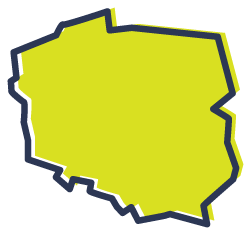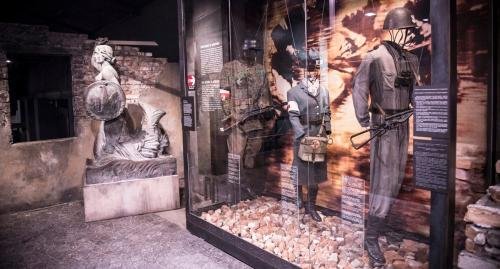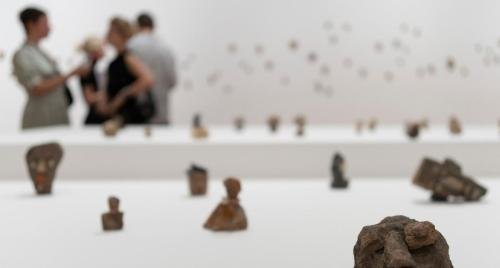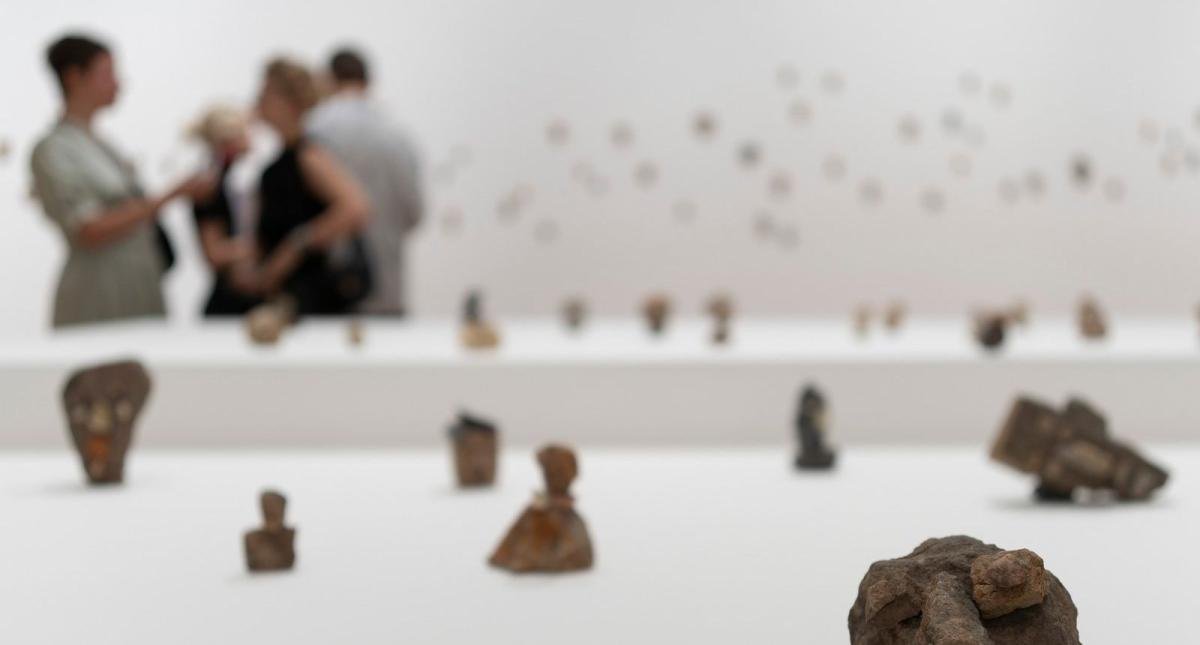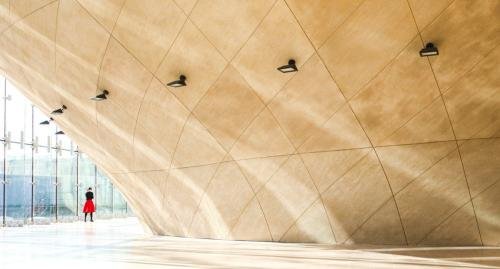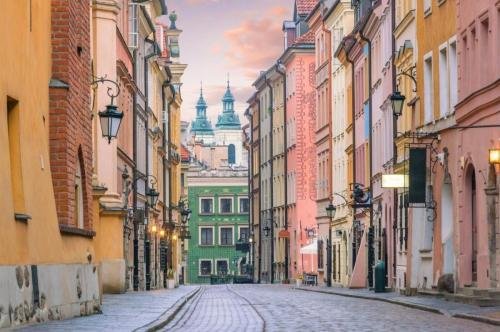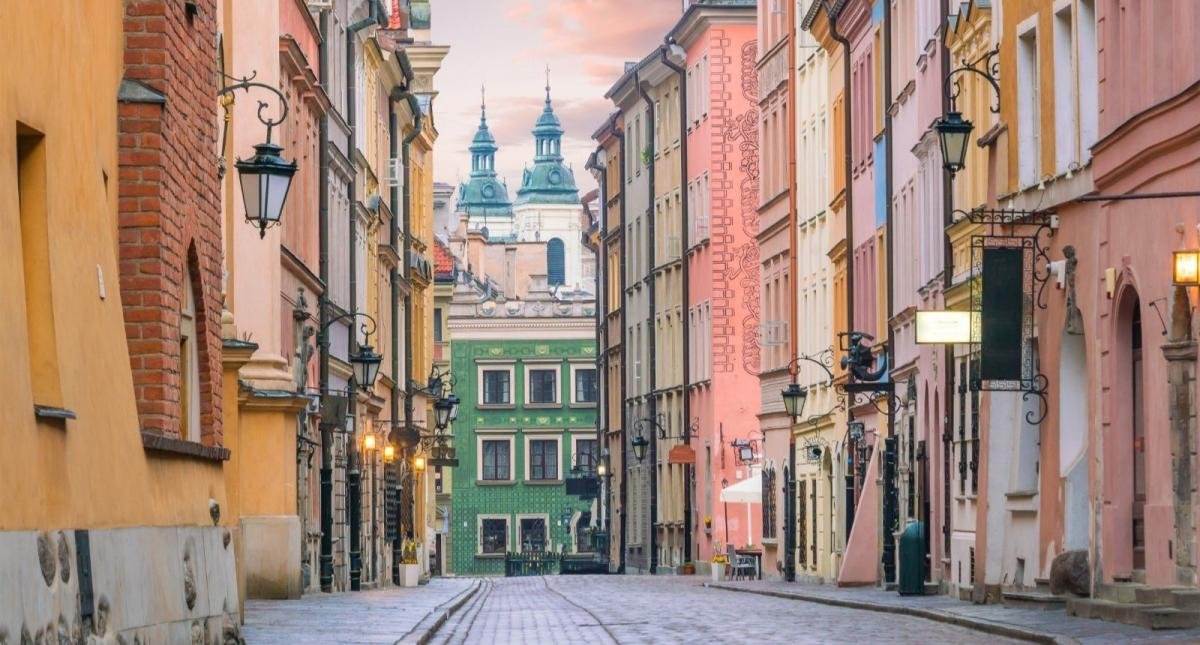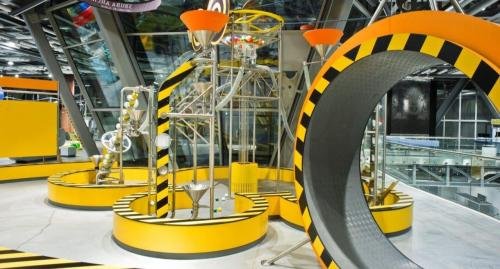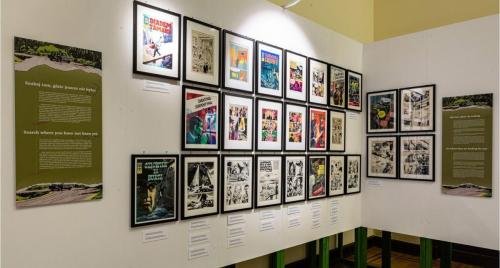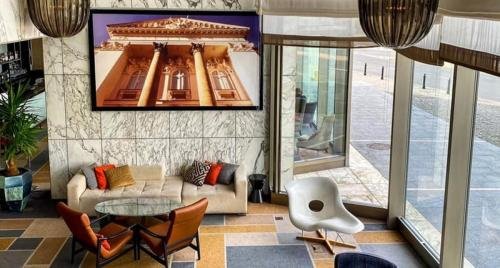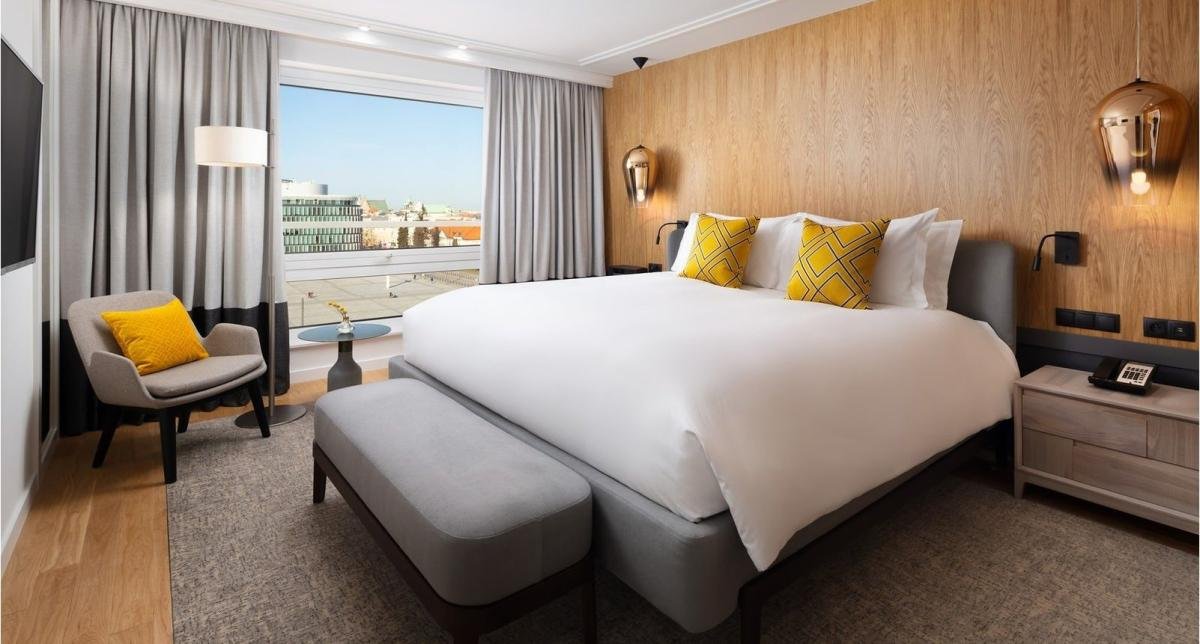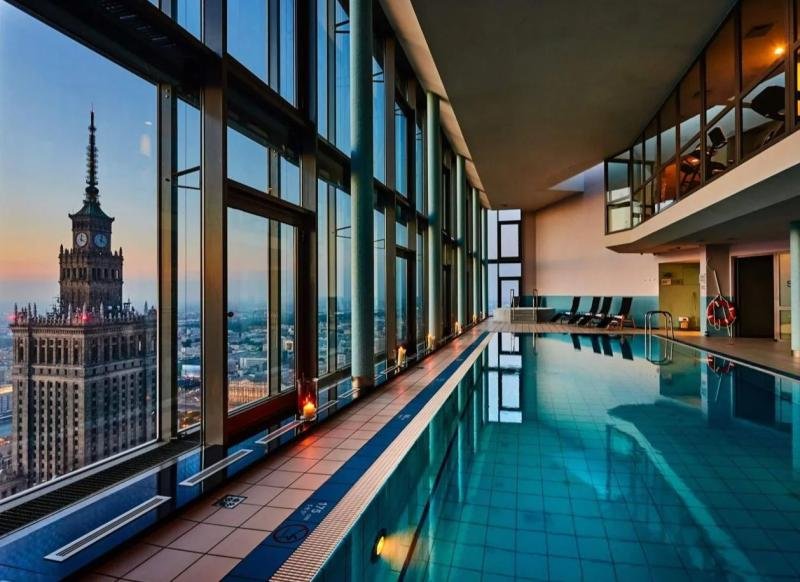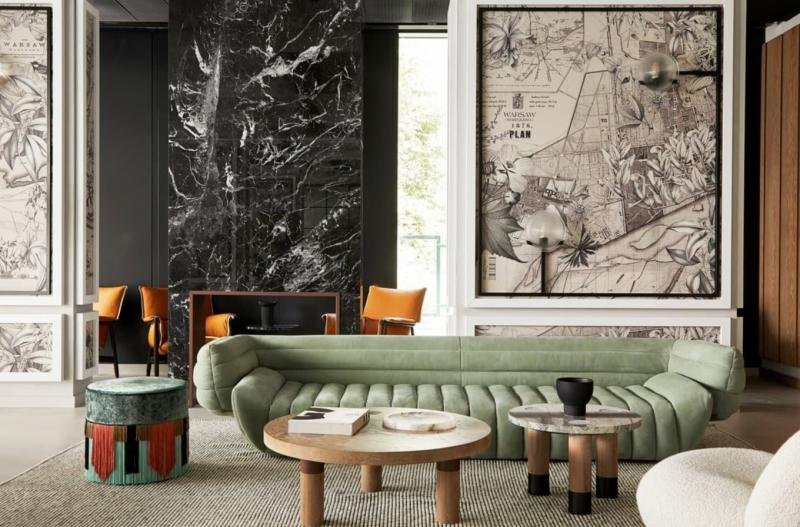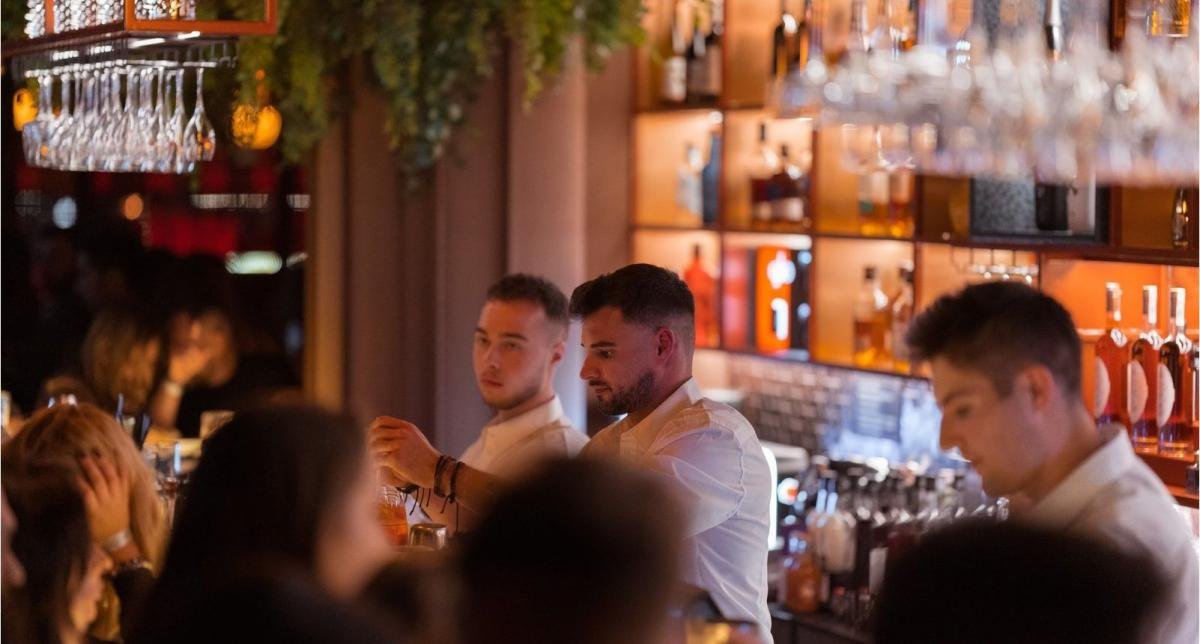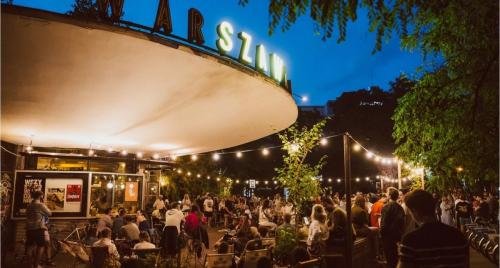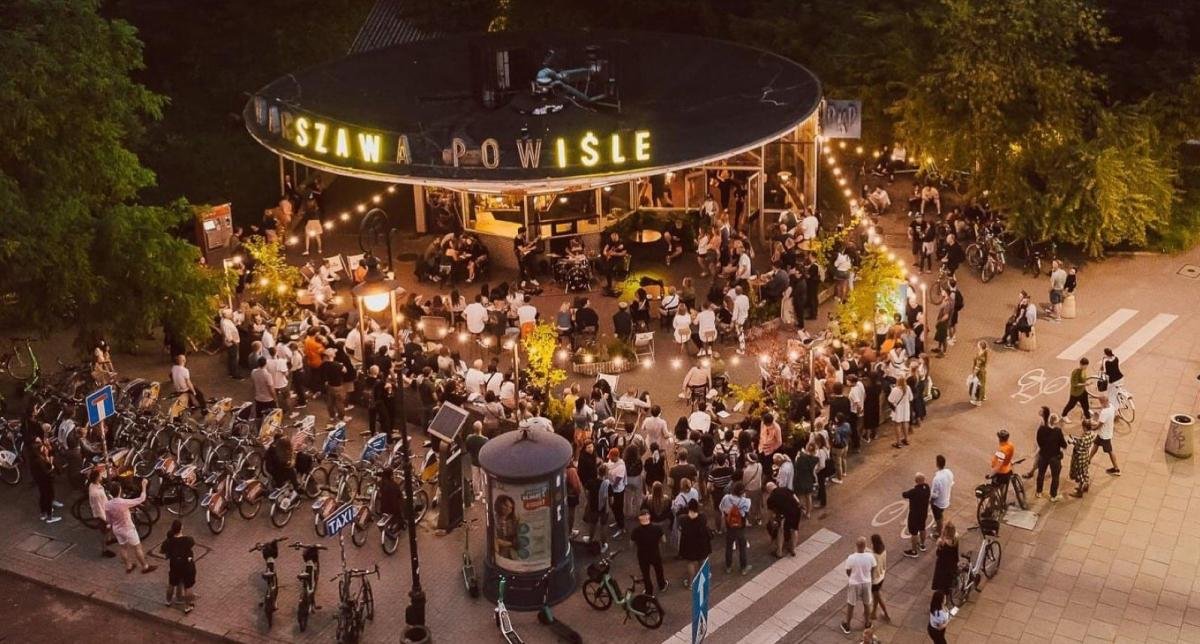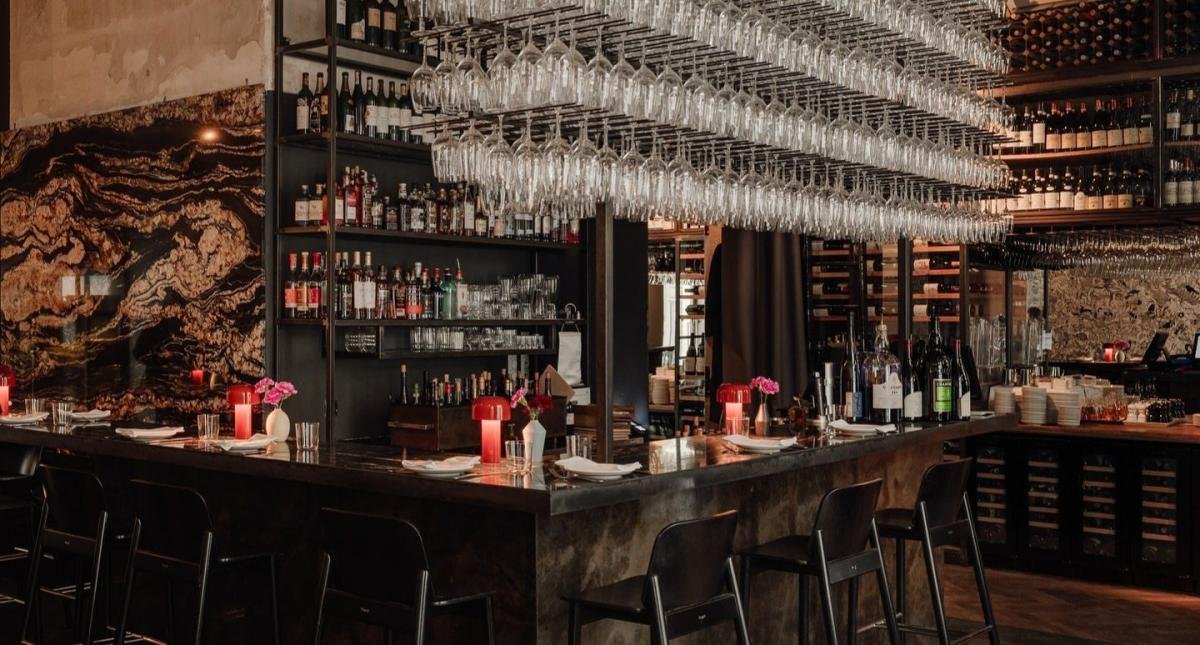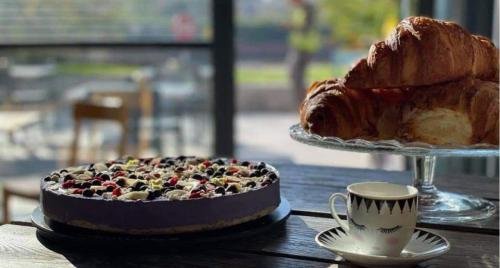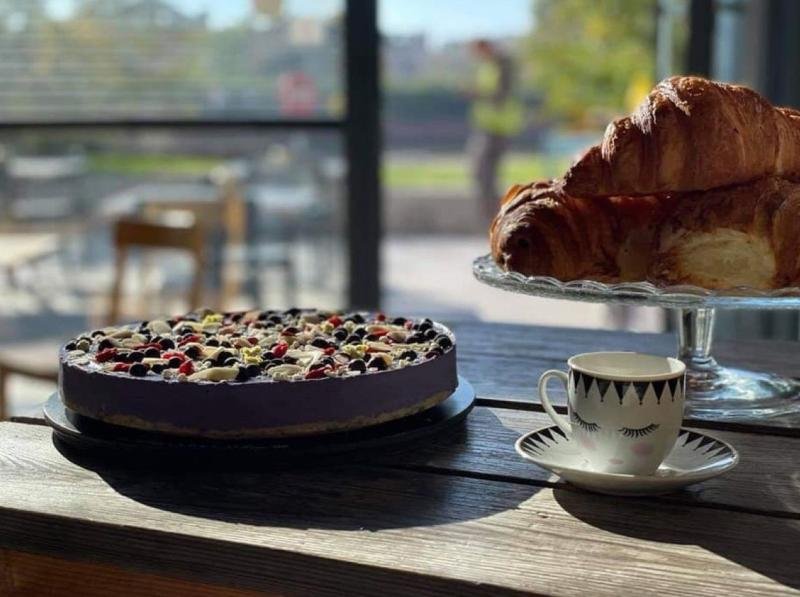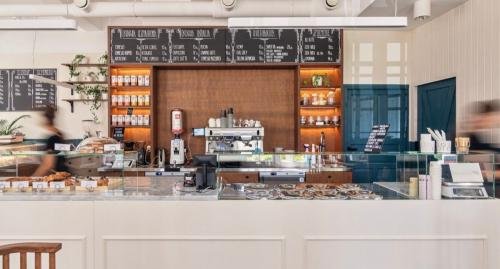Warszawa
A practical guide to what to do in Warsaw
From the menu below choose a category
Discovering Warsaw: A Journey Through Time and Resilience
Where History Meets Modernity
Embark on an unforgettable journey through Warsaw, a city that has risen from the ashes of its tumultuous past to emerge as a vibrant tapestry of culture, history, and modern-day vibrancy.
Embark on an unforgettable journey through Warsaw, a city that has risen from the ashes of its tumultuous past to emerge as a vibrant tapestry of culture, history, and modern-day vibrancy.
Warsaw stands as a testament to resilience and rebirth, offering a compelling narrative that weaves through the fabric of its streets and monuments. With a history that is as tumultuous as it is inspiring, Warsaw invites travelers to explore its multifaceted past, vibrant cultural scene, and modern dynamism.
The city's origins trace back to the 13th century, but it was in the 16th century that Warsaw began to emerge as a significant urban center. It became the capital of the Polish-Lithuanian Commonwealth, playing a pivotal role in the region's political and cultural life. The Royal Castle, alongside the historic Old Town, are emblematic of this era, showcasing the architectural grandeur of the time.
Warsaw's historical narrative took a darker turn during the Second World War, particularly during the Warsaw Uprising of 1944. This tragic event is a crucial chapter in the city's history, where the residents of Warsaw staged a heroic but ultimately doomed rebellion against the occupying Nazi forces. The uprising resulted in the near-total destruction of the city. The post-war reconstruction of Warsaw, especially the meticulous rebuilding of the Old Town, is a powerful symbol of the city's indomitable spirit and resilience. Today, the Old Town, a UNESCO World Heritage site, stands as a poignant reminder of Warsaw's capacity to rise from the ashes.
But Warsaw is not just about its past. Modern Warsaw is a bustling metropolis, boasting a dynamic arts scene, thriving nightlife, and a rapidly evolving culinary landscape. The Palace of Culture and Science, a gift from the Soviet Union in the 1950s, dominates the city's skyline and serves as a reminder of the city's complex post-war history. In contrast, the modern skyscrapers and the thriving business district reflect Warsaw's current status as a significant European economic hub.
A Symphony in the City: The Legacy of Fryderyk Chopin
Delving into Warsaw's cultural heart, one cannot overlook the profound influence of Fryderyk Chopin, the city's most celebrated composer. Born in Żelazowa Wola, near Warsaw, Chopin's legacy permeates the city. Visitors can explore the Fryderyk Chopin Museum, attend world-class concerts at the Chopin Point Warsaw, and even follow the Chopin trail to visit places where the composer lived and worked. His music, a blend of romanticism and Polish national spirit, continues to enchant audiences worldwide, echoing through the city's streets and squares.
The Reigns of the Past: Echoes of Polish Kings
Warsaw's royal heritage is a saga of power, intrigue, and artistry. The city's connection with Polish kings is most palpably felt at the Royal Castle, once the official residence of Polish monarchs. Here, the grandeur of royal chambers and the rich collection of artworks narrate the stories of rulers like Sigismund III Vasa, who moved Poland's capital from Kraków to Warsaw, forever altering the city's destiny. These kings played pivotal roles in shaping not only Warsaw's architectural landscape but also its position in the annals of European history.
The Green Heart of Warsaw: Łazienki Park
Amidst Warsaw's urban dynamism lies the Łazienki Park, an oasis of tranquility and natural beauty. Spanning over 76 hectares, this park is a testament to Warsaw's commitment to green spaces.
With its meticulously manicured gardens, classical architecture, and free-roaming peacocks, Łazienki offers a serene escape from the city hustle. The park's centerpiece, the Palace on the Isle, reflects on the water, creating a picturesque scene that captivates artists and photographers alike.
Culinary Delights and Hospitality: Warsaw's Evolving Landscape
Warsaw's evolution is mirrored in its culinary and hospitality scenes. The city boasts an array of restaurants, cafes, and hotels that cater to every taste and budget. From traditional Polish eateries serving pierogi and bigos to modern establishments offering global cuisine, Warsaw is a foodie's paradise. The city's hotels, ranging from historic establishments to contemporary accommodations, provide warm hospitality and a comfortable base for exploring the city. Moreover, cafes dotted across Warsaw offer cozy nooks for relaxation and socialization, reflecting the city's vibrant and welcoming spirit.
A City for Families: Activities and Green Spaces
Warsaw's charm extends to families, offering a plethora of activities and spaces that cater to younger visitors. The city's parks, like the Łazienki and the Royal Łazienki, are perfect for leisurely strolls and picnics. Museums, such as the Copernicus Science Center and the Warsaw Uprising Museum, provide interactive and educational experiences for all ages. Moreover, Warsaw's commitment to green spaces ensures that there are ample opportunities for outdoor fun, from playgrounds to bike trails, making it an ideal destination for families seeking a blend of educational and recreational activities.
Embracing Modernity While Honoring the Past
As Warsaw continues to stride confidently into the future, it maintains a deep reverence for its history and traditions. This harmonious blend of old and new is evident in the city's architecture, where historic buildings stand alongside modern skyscrapers, in its cultural institutions that celebrate both classical and contemporary arts, and in the daily lives of its residents, who are proud of their heritage while embracing the opportunities of the present.
Warsaw's green initiatives and the abundance of parks and green areas highlight the city's commitment to sustainability and provide a verdant backdrop to the urban landscape, underscoring Warsaw's reputation as one of Europe's greenest capitals.
Conclusion: A Journey Through Time and Culture
Warsaw is more than just a city; it's a narrative that continues to evolve, a place where every street, building, and monument has a story to tell. From the royal legacies and the echoes of Chopin's melodies to the resilience displayed through its reconstruction and the vibrant pulse of its modern life, Warsaw offers a multifaceted experience that appeals to history buffs, cultural aficionados, families, and urban explorers alike.
Whether you're wandering through the historic Old Town, exploring the lush expanses of Łazienki Park, indulging in the culinary delights, or immersing yourself in the city's dynamic cultural scene, Warsaw promises an enriching, memorable, and diverse experience. It's a city where history meets modernity, where every corner offers a new discovery, and where the spirit of resilience and renewal is palpable. In Warsaw, the past and the present converge, creating a unique tapestry that invites travelers to explore, learn, and be inspired.

Warsaw's Old Town
Historic Core
Warsaw's Old Town, a symbol of the city's resilience, was almost entirely destroyed during WWII but was meticulously reconstructed post-war, using original bricks and historical records, to revive its historical essence.

Warsaw's Old Town Square
Timeless Square
The Old Town Market Place, dating back to the 13th century, was the pulsating heart of Warsaw, hosting guild meetings, fairs, and executions, now surrounded by reconstructed Renaissance-style buildings.

Warsaw's Mermaid
Guardian of the City
Standing proudly in the Old Town, the Warsaw Mermaid symbolizes the city's spirit and resilience, a figure steeped in local legend and an integral part of Warsaw's identity.
The Royal Palace in Warsaw
Regal Residence
The Royal Castle, a landmark of Warsaw's Old Town, has witnessed the city's tumultuous history, rebuilt to showcase Poland's royal heritage and architectural grandeur post-WWII destruction.

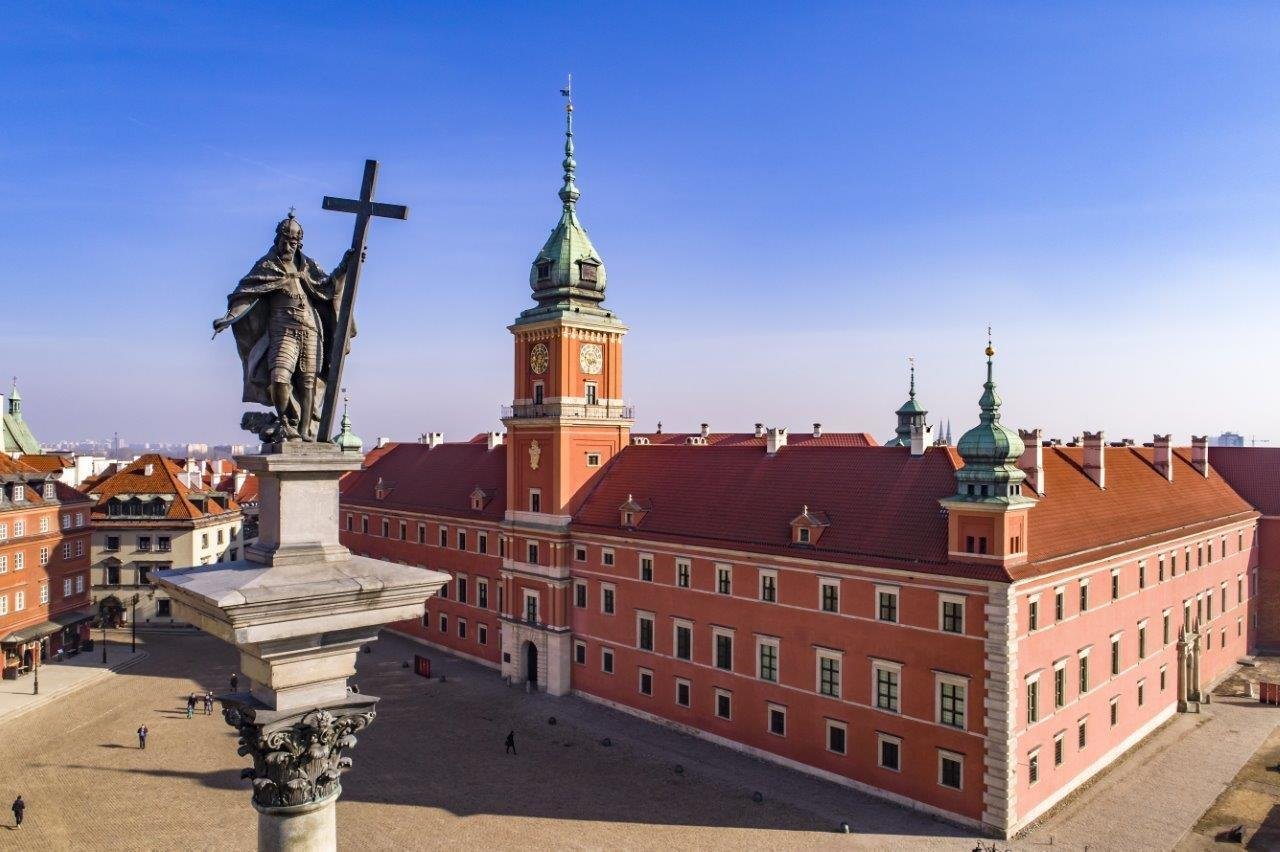
The Zygmunt Vasa Column
Royal Tribute
Erected in 1644 to honor King Sigismund III Vasa, this column stands as a testament to Warsaw's historical significance and its shift to Poland's capital in the 17th century
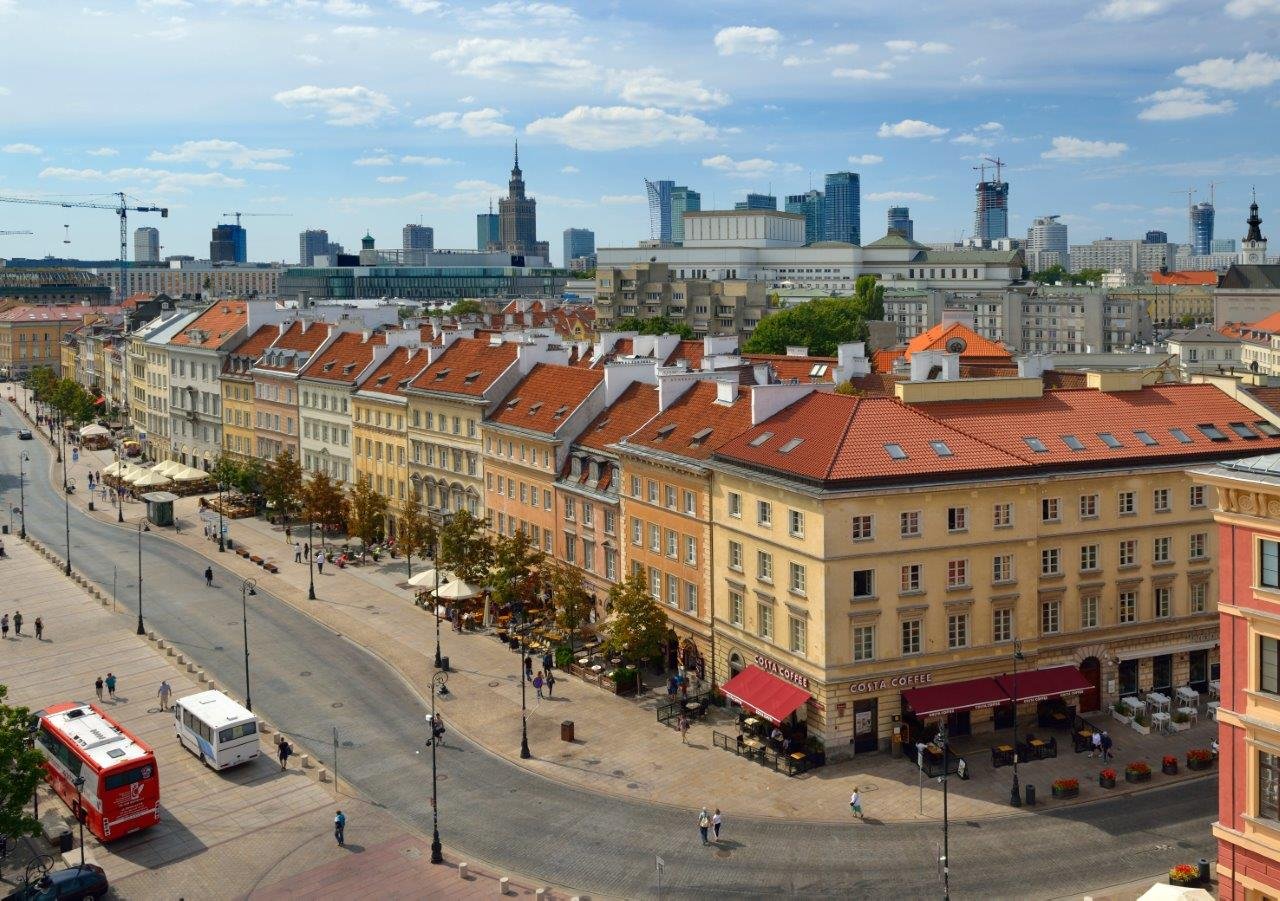
Krakowskie Przedmieście
Blend of Past and Present
An extension of the Royal Route, Nowe Przedmieście offers a mix of historical landmarks and modern-day vibrancy, embodying Warsaw's continuous evolution.

Nowy Świat Street
Fashion Meets Heritage
Nowy Świat Street, part of the Royal Route, marries historical elegance with contemporary flair, offering a lively shopping and dining experience.

Plac Zbawiciela
Cosmopolitan Intersection
Plac Zbawiciela, a notable roundabout, epitomizes modern Warsaw's dynamic urban life, surrounded by trendy cafes and cultural spot
Green Warsaw on a Bike
Sustainable City Exploration
Experience Warsaw's dedication to green living by biking through its lush parks and along the Vistula River, embracing an eco-friendly way to discover the city.
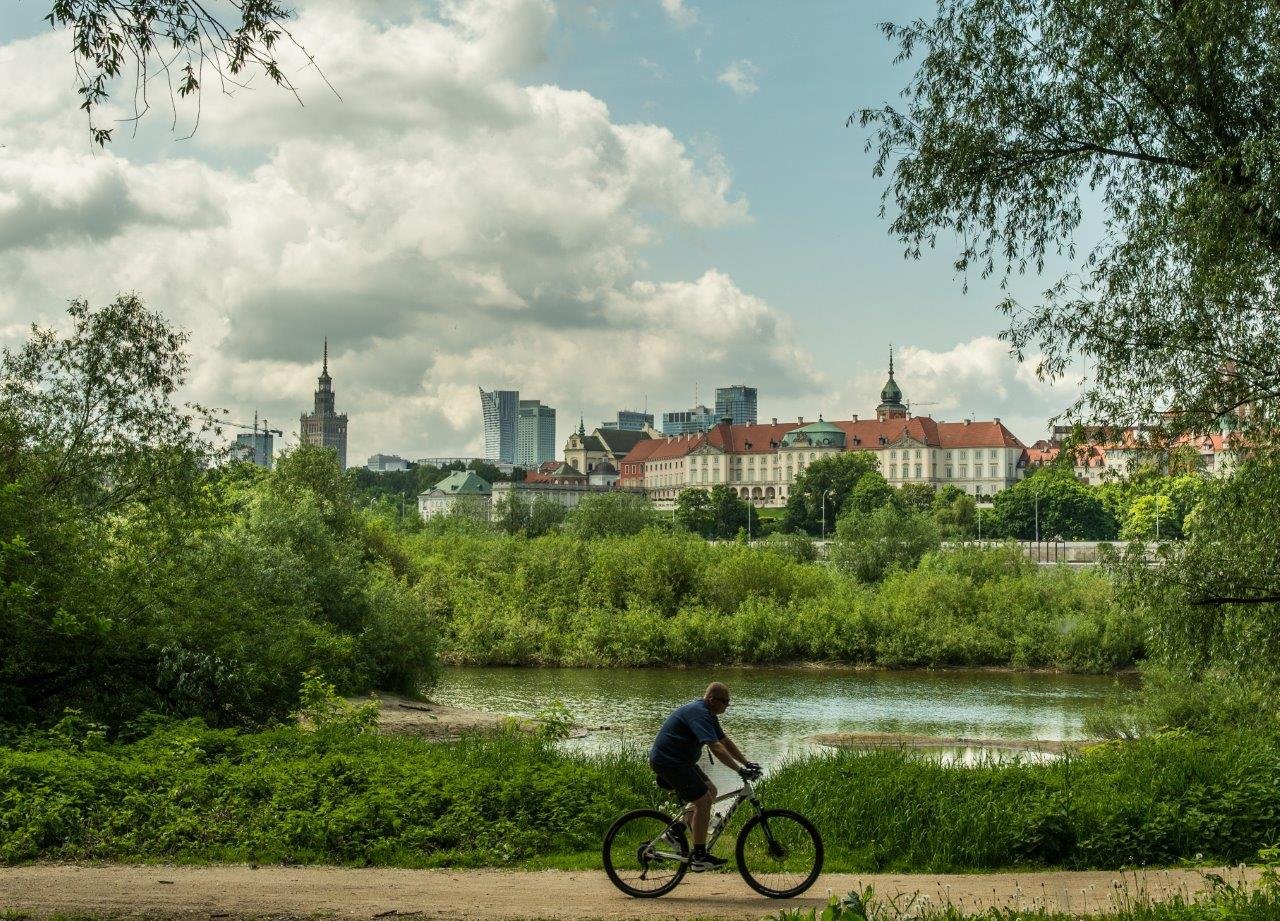
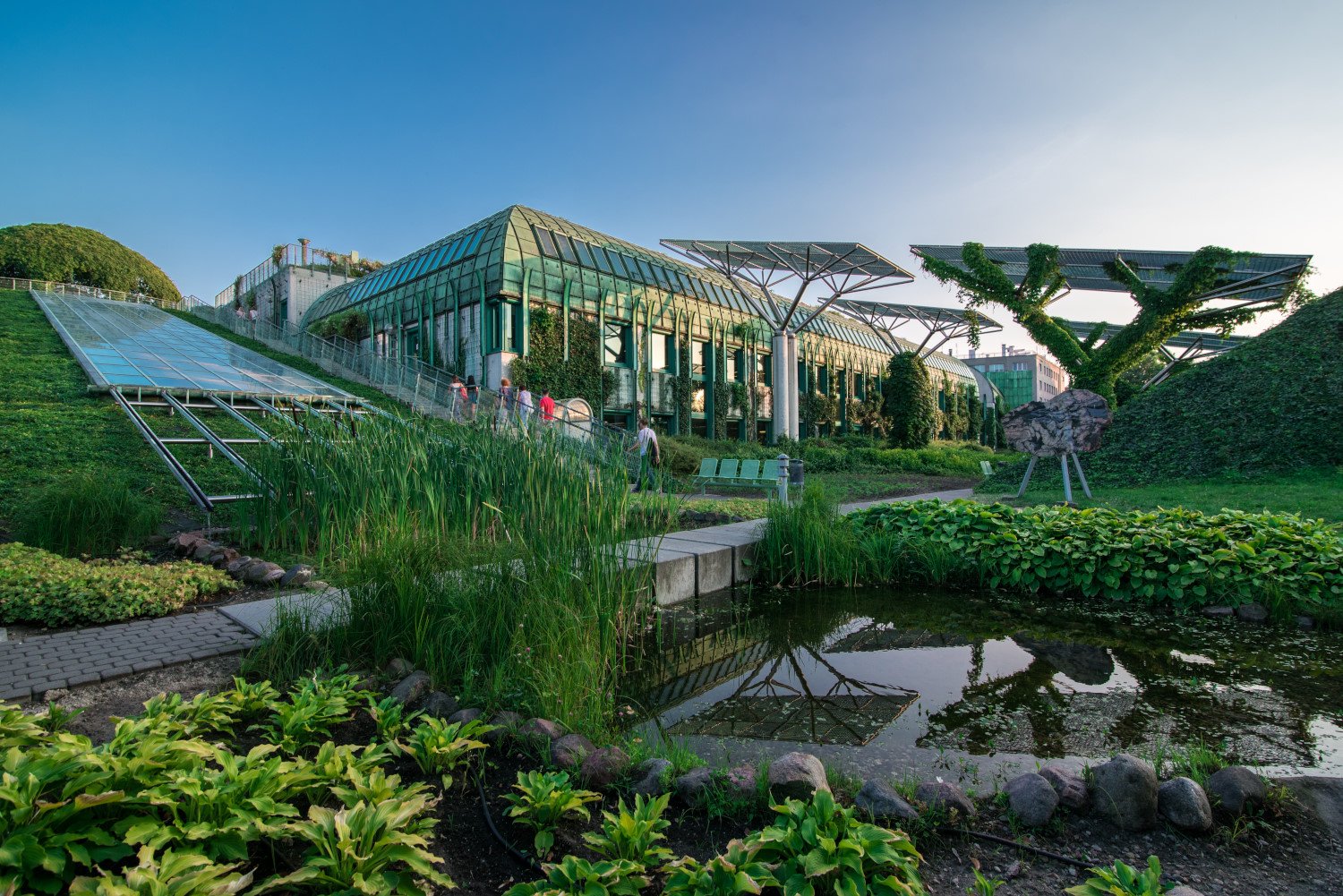
University’s Library Garden
Academic Oasis
The rooftop garden of the University's Library is a unique blend of botany and academia, offering a tranquil retreat amidst the urban landscape.
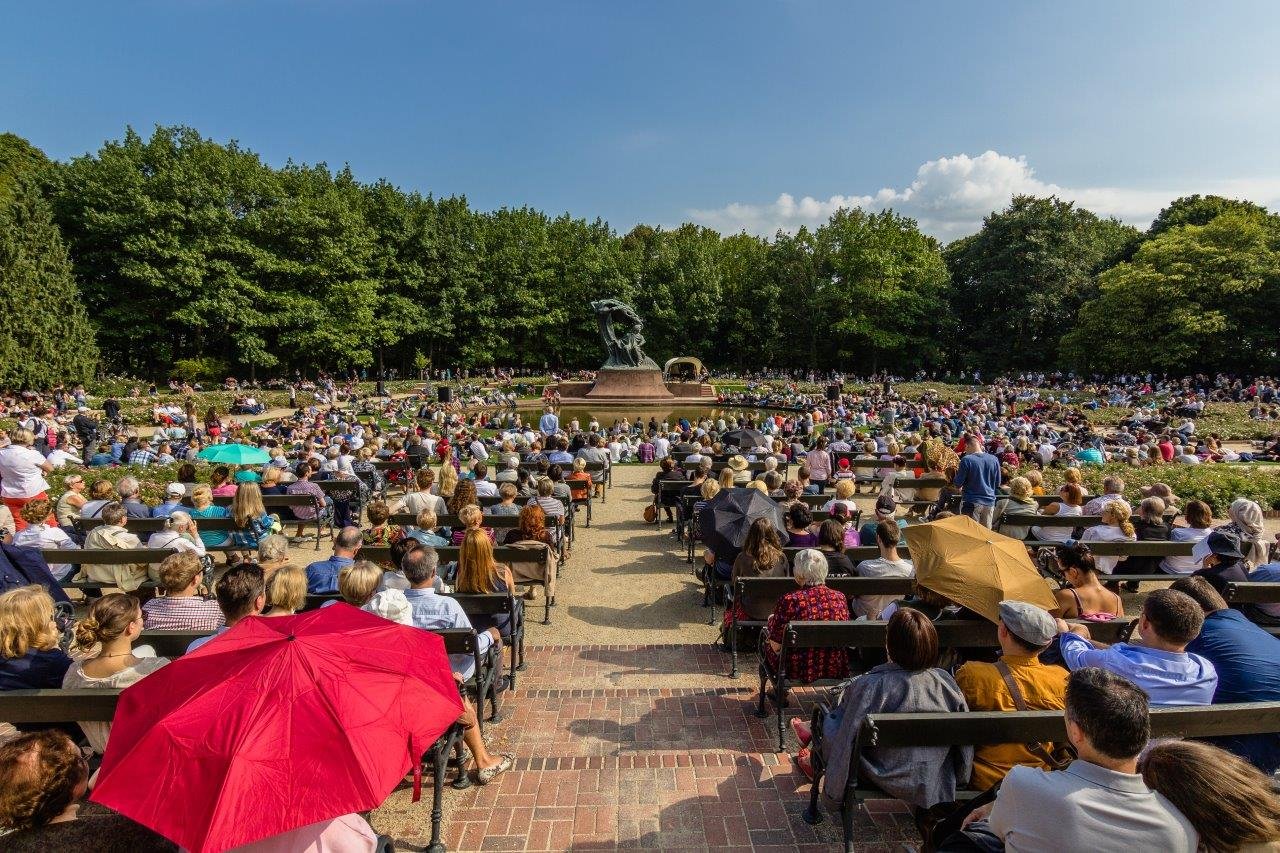
Chopin Concerts in Łazienki Park
Melodic Evenings
Łazienki Park hosts enchanting outdoor Chopin concerts, a tribute to the legendary composer, set against the backdrop of the park's natural beauty.

Cuisine in Warsaw
Flavorful Journey
Warsaw's culinary scene offers a fusion of traditional Polish flavors and international influences, reflecting the city's diverse history and cosmopolitan spirit.
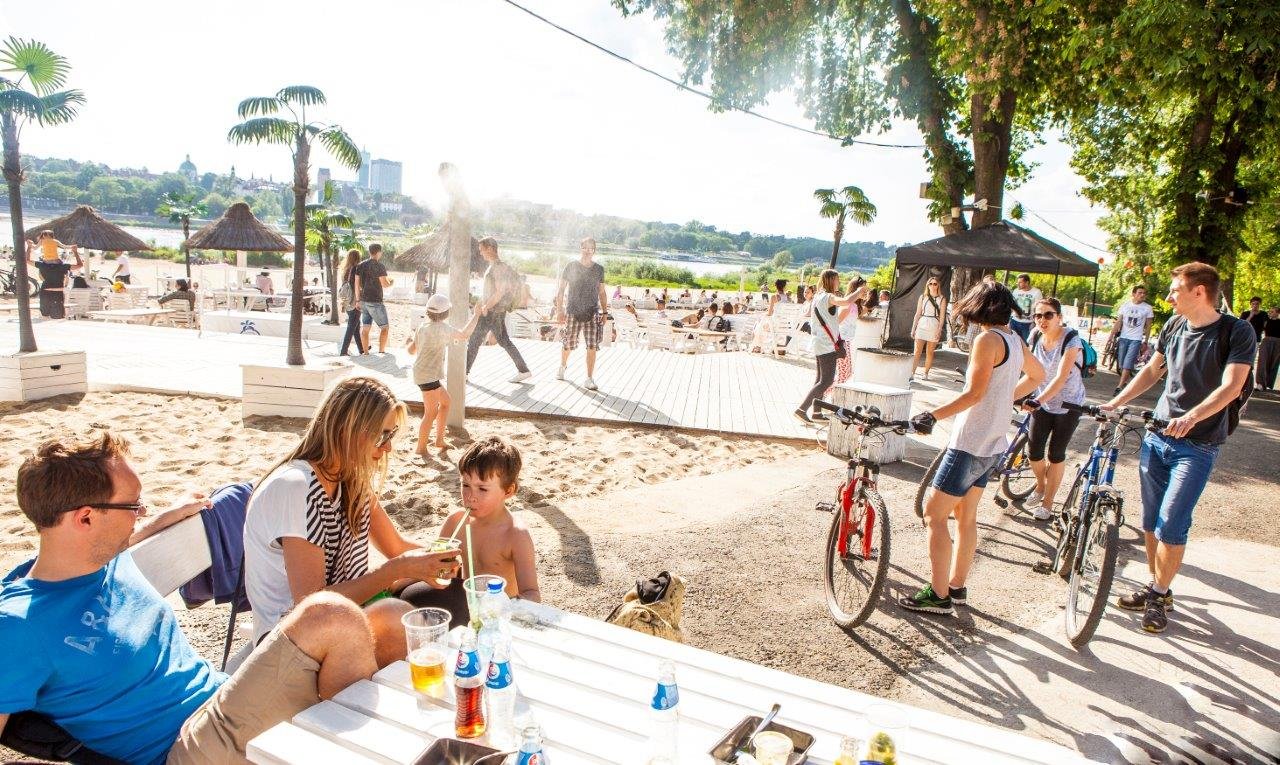
Family-friendly Warsaw
Fun for All Ages
Warsaw caters to families with its array of parks, museums, and interactive attractions, ensuring a memorable visit for visitors of all ages.

The Vistula Boulevards
Riverside Strolls
The Vistula Boulevards offer a scenic escape in the heart of Warsaw, perfect for leisurely walks, picnics, and enjoying the vibrant riverside ambiance. Engage with local culture and nature along these accessible, family-friendly paths.

Wisła River in Warsaw
River Through Time
The Wisła River is not just a body of water but a central part of Warsaw's identity, offering recreational activities and a unique perspective on the city's evolving landscape.
The Wilanow Palace
A Royal Legacy Preserved
The Wilanow Palace, with its magnificent baroque architecture and lush gardens, serves as a testament to Poland's royal past and cultural richness, inviting visitors to explore its historic halls and grounds.
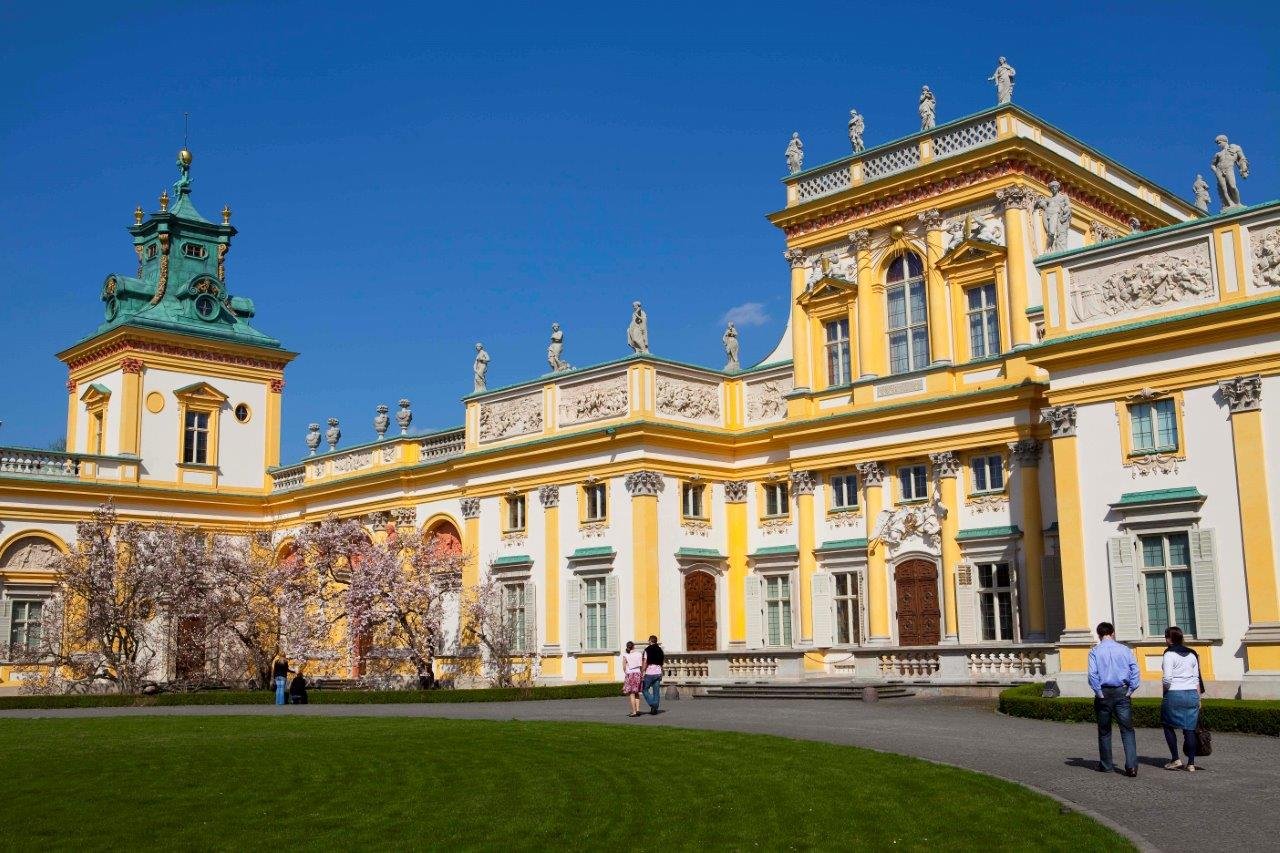
Top things to see and do in Warsaw
Check out our recommendation to top things not to miss when visiting Warsaw
Top museums in Warsaw
Check out our recommendations
Top hotels in Warsaw
Check out our recommendations below
Roof-top bars in Warsaw
Check out our recommendations
Jazz clubs in Warsaw
Check out our recommendatios below
Top cafés in Warsaw
Check out our recommendations
Night clubs of Warsaw
Check out our recommendations
Top restaurants in Warsaw
Check out our recommendations
Top breweries in Warsaw
Top cafés in Warsaw
Practical information
Bus Line 175:
- Schedule: Bus 175 runs from early morning until late evening every 15-30 minutes.
- Duration: Approximately 25-35 minutes, depending on traffic.
- Cost: 4.40 PLN, same ticket as the train.
- Details: The bus stop is located in front of the terminal.
Night Bus N32:
- Schedule: N32 operates during the night.
- Duration: Approximately 25-35 minutes, depending on traffic.
- Cost: 4.40 PLN, same ticket as the train. (check the night taxa!)
- Details: The bus stop is located in front of the terminal.
- Lines: SKM S2 and S3.
- Schedule: Trains run every 15-20 minutes from the airport.
- Duration: The journey takes around 20 minutes to Śródmieście or Warsaw Central Station (Warszawa Centralna).
- Cost: Approximately 4.40 PLN (€1). Tickets are available at vending machines in the airport or through apps like Jakdojade.
- Details: The train station is accessible directly from the airport. Follow signs and the green floor markings to reach the platform.
- Duration: 20-30 minutes.
- Cost: Around 40-50 PLN (€10-12).
- Details: Taxis are available outside the terminal. Please check the airport website for the preffered taxi services: Airport in Warsaw
- Comfort: Provides direct transportation to your accommodation. This option is more expensive but ensures convenience and comfort.
- Booking: Services can be booked in advance through companies like.
- Details: Drivers wait for you at the arrivals hall with a sign, offering a comfortable and hassle-free ride to your destination.
Uber
- Availability: Uber operates in Gdańsk, providing convenient and cashless rides.
- Cost: Fares vary based on traffic, time of day, and demand. The app provides an estimate before you confirm the ride.
- Pickup Location: The app will guide you to the pickup location at the airport. Follow the instructions and look for ride-hailing pickup signs.
- Details: Ensure the car color, make, and driver details match those in the app before getting into the vehicle. Contact the driver through the app if needed (Uber).
Bolt
- Availability: Bolt is another popular ride-sharing option, often cheaper than other services.
- Cost: Competitive pricing, with cost details shown in the app before confirming the ride.
- Pickup Location: Open the Bolt app to request a ride. The app will show you the pickup points at the airport.
- Details: Bolt rides are known for being quick and affordable. Ensure that the vehicle details match those in the app before boarding (Bolt)
FlixBus torwards Metrostation Młociny:
- Schedule: For the buss schedule please visit FlixBus website.
The bus service is provided in the weekdays and on weekends and public holidays, from early morning until late evening. - Duration: The journey takes about 30 minutes.
- Cost: Approximately £6 - £8 depending on availability. Book your ticket on FlixBus website.
- Details: The bus stop is located near the Metrostation MLOCINY on the platform no. 1 located near multi-level P+R parking (ul. Kasprowicza 145)
FlixBus torwards West Station (Warszawa Zachodnia)
- Schedule: For the buss schedule please visit FlixBus website.
The bus service is provided in the weekdays and on weekends and public holidays, from early morning until late evening. - Duration: The journey takes about 50 minutes.
- Cost: Approximately £6 - £8 depending on availability. Book your ticket on FlixBus website.
- Details: The bus stop is located near the West Station (Warszawa Zachodnia located at Aleje Jerozolimskie 144)
- Koleje Mazowieckie, TLK and EIC trains stop at the Modlin railway station. There are regular busses operated by Koleje Mazowieckie running from the Modlin railway station, which provide fast transport right to the passenger terminal entrance door.
- You can find more details as well as the timetable on the carrier's website www.mazowieckie.com.pl
- There are special airport busses covered in the colours of Koleje Mazowieckie, running every 20-30 minutes between Modlin railway station and Warsaw Modlin Airport terminal. They can carry up to 70 passengers, they are air-conditioned and suitable for disabled persons. The bus timetable is adapted to train departures/arrivals.
- Duration: Approximately 40 minutes. (when planning a trip, take into account the current traffic situation).
- Cost: Around 160-230 PLN. Taxis are available directly outside the terminal, or you can book one in advance.
- Details: Taxi stands are easily found at the airport. For reliable service, you can use companies like Modlin Taxi
- Comfort: Provides direct transportation to your accommodation. This option is more expensive but ensures convenience and comfort.
- Booking: Services can be booked in advance through companies like.
- Details: Drivers wait for you at the arrivals hall with a sign, offering a comfortable and hassle-free ride to your destination.
- The Warsaw Modlin Airport is located 36 km north-east of the Center of Warsaw. Two important roads intersect in the immediate vicinity of the airport: expressway S7 connecting Kraków and Gdańsk and DK62 (Strzelno - Włocławek - Wyszków - Sokołów Podlaski - Siemiatycze).
- Address: ul. Gen. Wiktora Thommee 1a, 05-102 Nowy Dwór Mazowiecki
- Parking
The Warsaw / Modlin airport has over 1,500 parking spaces in Car parks 1, 3 and 7.
Parking 1 is located directly at the terminal, it is recommended for people who value convenience and time. The optimal time of parking in this car park is 1-3 days.
Parking 3 is located 500 meters from the terminal building. It has 200 parking spaces.
Parking 7 is an excellent choice for passengers leaving their car for more than 4 days or looking for economic solutions for a shorter stopover. The car park is located close to the Warsaw Modlin Airport. The shuttle to and from the terminal is free of charge.
Uber
- Availability: Uber operates in Gdańsk, providing convenient and cashless rides.
- Cost: Fares vary based on traffic, time of day, and demand. The app provides an estimate before you confirm the ride.
- Pickup Location: The app will guide you to the pickup location at the airport. Follow the instructions and look for ride-hailing pickup signs.
- Details: Ensure the car color, make, and driver details match those in the app before getting into the vehicle. Contact the driver through the app if needed (Uber).
Bolt
- Availability: Bolt is another popular ride-sharing option, often cheaper than other services.
- Cost: Competitive pricing, with cost details shown in the app before confirming the ride.
- Pickup Location: Open the Bolt app to request a ride. The app will show you the pickup points at the airport.
- Details: Bolt rides are known for being quick and affordable. Ensure that the vehicle details match those in the app before boarding (Bolt)
Warsaw boasts a comprehensive public transportation system managed by the Public Transport Authority (Zarząd Transportu Miejskiego, ZTM), encompassing buses, trams, the metro, and urban trains. Here's an overview tailored to your interests:
Buses and Trams
- Bus Services: Warsaw operates an extensive bus network with various lines:
- Standard Lines: Numbered from 101 to 399, these buses stop at all designated stops.
- Fast Lines: Numbered from 400 to 599, these make fewer stops for quicker travel.
- Express Lines: Marked with an "E" followed by a number, offering expedited routes.
- Night Lines: Numbered from N01 to N95, ensuring connectivity during nighttime hours.
- Tram Services: The tram network comprises 25 lines, facilitating efficient travel across the city, especially in central areas. Trams are a popular choice for both residents and tourists, providing access to major attractions.
Ticketing System
- Types of Tickets:
- Time-Based Tickets:
- 20-Minute Ticket: Allows unlimited travel within 20 minutes of validation.
- 75-Minute Ticket: Permits unlimited journeys within 75 minutes of validation.
- 90-Minute Ticket: Enables unlimited travel within 90 minutes of validation.
- Short-Term Tickets:
- One-Day (24-hour) Ticket: Unlimited travel for 24 hours from validation.
- Three-Day (72-hour) Ticket: Unlimited travel for 72 hours from validation.
- Weekend Ticket: Valid from 7:00 PM on Friday until 8:00 AM on Monday.
- Group Weekend Ticket: For up to 5 people, valid during the same weekend period.
- Time-Based Tickets:
- Where to Buy Tickets:
- Ticket Machines: Located at major stops, metro stations, and inside newer buses and trams.
- Passenger Service Points: Offer a full range of tickets and services.
- Mobile Applications: Apps like mobiWAWA facilitate ticket purchases via smartphones.
- Onboard Purchase: Available in some vehicles, primarily accepting cash.
- Validation: Tickets must be validated upon boarding using machines available in vehicles and at metro station entrances. For electronic tickets on the Warsaw City Card, hold the card close to the validator.
Train Services
- Szybka Kolej Miejska (SKM): This urban rapid rail connects Warsaw with surrounding areas, operating five lines (S1 to S4 and S9) that serve both the city and suburban regions.
- Warsaw Commuter Railway (WKD): A light rail line linking Warsaw with southwestern suburbs, including Pruszków and Grodzisk Mazowiecki. WKD accepts selected ZTM tickets within Warsaw's borders.
Additional Information
- Fare Zones: Warsaw's transport system is divided into two fare zones. Zone 1 covers the city area, while Zone 2 includes surrounding municipalities. Most tourist destinations are within Zone 1.
- Accessibility: The majority of buses and trams are low-floor, accommodating passengers with mobility challenges.
- Park and Ride: Facilities are available for those who wish to park their vehicles and continue using public transport.
For detailed maps, schedules, and further information, visit the official Warsaw Public Transport website: Warszawski Transport Publiczny.
Discounted Tickets for Seniors
Eligibility:
- Age Requirement: If you are 70 years old or older, you can use all public transport in Warsaw (buses, trams, metro, and local trains) for free. You only need to carry an ID with your date of birth for verification, and this benefit applies to both Polish and non-Polish citizens.
For the metro card, please be advised to visit ZTM Passenger Service Point where the free of charge metro card will be provided. - Identification: Seniors must carry an ID (e.g., national ID card or passport) to prove their age to benefit from the free travel scheme.
Warsaw offers a variety of attractions and museums that provide discounts for senior citizens. Here is a list with some suggestions:
- POLIN Museum of the History of Polish Jews: Seniors over the age of 65 get discounted tickets for 25 PLN (standard price is 35 PLN).
- National Museum in Warsaw: Seniors aged 60 and over pay a discounted price of 15 PLN for entry, compared to the standard 25 PLN.
- Chopin Museum: Senior citizens can benefit from discounted tickets at 14 PLN, instead of the regular 23 PLN.
- Royal Castle: A reduced ticket for seniors (60 and older) is priced at 20 PLN, down from the standard 30 PLN
Warsaw, the vibrant capital of Poland, is an inclusive city that offers a wide range of accessible attractions, services, and facilities for travelers with disabilities. From historical landmarks to modern museums, and beautiful parks, Warsaw is dedicated to providing a comfortable and enjoyable experience for all visitors. Here’s a guide to making the most of your trip with detailed tips and resources.
Practical Tips for Visiting Warsaw as a Traveler with Disabilities
- Research and Planning
1.1 Pre-Trip Research- Attractions: When planning your visit, explore the accessibility features of Warsaw’s top attractions. Many popular sites such as the Royal Castle, POLIN Museum of the History of Polish Jews, and Wilanów Palace provide detailed information about accessibility on their websites.
- Accommodations: Search for hotels that offer accessible rooms and features like roll-in showers and wide doorways. Booking platforms like Booking.com or Expedia have filters to find hotels with these features.
- Transportation: Warsaw’s public transport, including buses, trams, and metro lines, is increasingly accessible, offering low-floor vehicles and ramps. Most metro stations have elevators and visual and auditory announcements.
1.2 Booking in Advance
- Accommodation: Secure accessible hotel rooms well in advance, particularly during busy tourist seasons or major events.
- Transportation: If you need an accessible taxi or specialized transportation service, it’s best to reserve these options ahead of time.
1.3 Accessibility Apps and Websites
- Apps like Wheelmap or local resources for accessible travel can help you identify accessible places and services in Warsaw.
- Attractions: When planning your visit, explore the accessibility features of Warsaw’s top attractions. Many popular sites such as the Royal Castle, POLIN Museum of the History of Polish Jews, and Wilanów Palace provide detailed information about accessibility on their websites.
- Navigating the City
2.1 Public Transportation- Features: Warsaw’s public transport system offers low-floor buses, trams, and wheelchair-accessible metro stations. Many buses and trams have designated areas for wheelchairs, and both visual and auditory stop announcements.
- Tickets: Buy tickets through mobile apps or from kiosks. Be sure to have a valid ticket as Warsaw operates strict ticket inspections.
2.2 Accessible Taxis
- Services: Several taxi companies in Warsaw offer accessible vehicles. When booking, use the phrase “na wózek inwalidzki” (for a wheelchair) to ensure the correct type of vehicle is dispatched.
- Features: Warsaw’s public transport system offers low-floor buses, trams, and wheelchair-accessible metro stations. Many buses and trams have designated areas for wheelchairs, and both visual and auditory stop announcements.
- Accommodations
3.1 Hotel Selection- Accessibility Features: Many hotels in Warsaw offer features like roll-in showers and accessible bathrooms. Look for hotels like Sofitel Warsaw Victoria or InterContinental Warsaw, which are known for their accessible rooms and central locations.
- Location: Choosing centrally located accommodations can reduce travel time to major attractions and ease access to public transport.
3.2 Communication
- Special Requests: When booking, mention any specific needs directly to the hotel to ensure that your room is fully prepared for your requirements.
- Accessibility Features: Many hotels in Warsaw offer features like roll-in showers and accessible bathrooms. Look for hotels like Sofitel Warsaw Victoria or InterContinental Warsaw, which are known for their accessible rooms and central locations.
- Dining and Entertainment
4.1 Restaurant Accessibility- Accessible Options: Many restaurants in Warsaw offer accessible entrances and facilities. For instance, Kieliszki na Próżnej and Aioli are known for being inclusive of guests with disabilities.
- Reservations: It’s always a good idea to call ahead to confirm accessibility features, especially in smaller or older venues.
4.2 Cultural and Recreational Activities
- Accessible Paths: Major sites like the Lazienki Park, the Chopin Museum, and the Palace of Culture and Science offer accessible paths and elevators, ensuring an enjoyable experience for visitors with mobility issues.
- Accessible Options: Many restaurants in Warsaw offer accessible entrances and facilities. For instance, Kieliszki na Próżnej and Aioli are known for being inclusive of guests with disabilities.
- Health and Safety
5.1 Emergency Contacts- Emergency Numbers: The local emergency number in Poland is 112. Be aware of the closest medical facilities and pharmacies to your accommodation.
- Medical Facilities: Warsaw has several hospitals and clinics that provide care, and some hotels can help you find nearby medical services.
5.2 Mobility Equipment Rental
- Rental Services: Several companies in Warsaw provide wheelchair and mobility scooter rentals. It’s advisable to arrange rentals before your trip to ensure availability.
- Emergency Numbers: The local emergency number in Poland is 112. Be aware of the closest medical facilities and pharmacies to your accommodation.
- Language and Communication
6.1 Learning Key Phrases- Basic Polish: Knowing a few Polish phrases can go a long way. For example, “Proszę o pomoc” means “Please help.”
- Language Apps: Translation apps can assist in communication with locals, particularly in restaurants and public spaces.
6.2 Local Assistance
- Friendly Locals: Poles are generally welcoming, and many young people in Warsaw speak English. Don’t hesitate to ask for assistance if needed.
- Basic Polish: Knowing a few Polish phrases can go a long way. For example, “Proszę o pomoc” means “Please help.”
Accessible Attractions in Warsaw:
- Royal Castle: Accessible via ramps and equipped with elevators.
- POLIN Museum: Fully accessible with elevators, ramps, and services for the hearing impaired.
- Lazienki Park: Offers accessible paths through the park’s main attractions.
- Palace of Culture and Science: Has elevators for access to observation decks and accessible restrooms.
Warsaw with a dog
Warsaw is a dog-friendly destination!
What to do in Warsaw with your dog
Warsaw is a fantastic city for dog lovers, offering a range of amenities and activities tailored to visitors traveling with their pets. Whether you're staying for a short trip or exploring the city in-depth, Warsaw has plenty of options for both you and your dog.
Pet-Friendly Accommodation: Warsaw features many pet-friendly hotels and apartments that welcome dogs with open arms. Luxury stays such as the Hotel Bristol, a Luxury Collection Hotel, and Nobu Hotel Warsaw provide excellent services for dog owners. For a more boutique experience, hotels like H15 Boutique Hotel and Polonia Palace Hotel allow pets with specific policies and fees. Always check in advance for any restrictions or fees associated with pet stays.
Outdoor Activities and Parks: One of Warsaw’s highlights for dog owners is its beautiful parks. Łazienki Park and Pole Mokotowskie are popular spots where dogs are allowed to walk on a leash while you enjoy the greenery and historical monuments. For some off-leash fun, visit the designated dog parks like Park Szczęśliwicki, where your furry friend can socialize and enjoy the open space. Additionally, the Vistula River boulevards are perfect for a scenic walk, allowing you to take in views of the city while your dog stretches its legs.
Dog-Friendly Attractions: While dogs are not permitted inside most historical buildings or museums, Warsaw offers some dog-friendly tours and walking routes where dogs are welcome. You can explore the Old Town with your dog, walking around the iconic Royal Castle Square, and take in the vibrant atmosphere of this UNESCO World Heritage Site. Certain guided walking tours also allow pets, so inquire in advance.
Restaurants and Cafes: Many cafes and restaurants in Warsaw are happy to accommodate dog owners. Spots like 'Na Lato' and 'Tel Aviv Urban Food' have outdoor seating areas where dogs are welcome. Pet-friendly eateries often provide water bowls and even treats, ensuring that both you and your dog have a great time dining out. Additionally, food markets such as Hala Gwardii have outdoor seating areas that allow dogs, making it easy to enjoy Warsaw’s culinary scene.
Transport: When using Warsaw’s public transportation system, dogs can travel for free, but similar to other Polish cities, they must be on a leash and wear a muzzle. Be sure to carry your dog’s vaccination records when traveling on public transport. If you'd prefer more comfort, ride-sharing apps like Uber and Bolt also offer pet-friendly options that can be selected when booking your ride.
Essential Tips for Traveling with Dogs in Warsaw:
- Leash Laws: Dogs must be on a leash in public places. Certain breeds classified as dangerous require additional precautions, such as wearing a muzzle.
- Pet Waste: Cleaning up after your dog is mandatory in Warsaw’s public spaces, with fines for non-compliance.
- Dog Parks: Warsaw offers several fenced-in dog parks equipped with water fountains and agility equipment. For example, the dog park in Park Szczęśliwicki is popular with local dog owners.
- Beaches: While Warsaw doesn’t have coastal beaches, some areas along the Vistula River allow dogs to run and play by the water, particularly during the off-season when restrictions are fewer.
- Veterinary Services: Familiarize yourself with the local veterinary services in case of emergencies. Warsaw has many 24-hour clinics and specialists.
Warsaw’s combination of pet-friendly hotels, outdoor spaces, and services makes it an ideal city for travelers with dogs, ensuring a pleasant experience for both you and your pet. By following local regulations and respecting leash laws, you’ll find that Warsaw warmly welcomes four-legged visitors.
What to do in Warsaw with your dog
Royal Warsaw
Check out our recommendations
